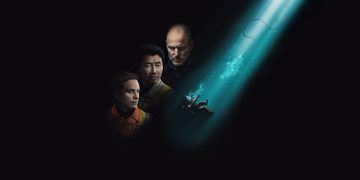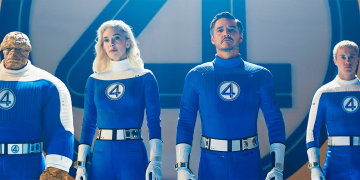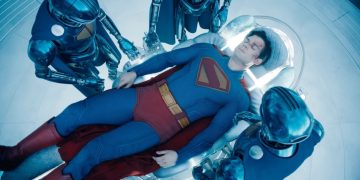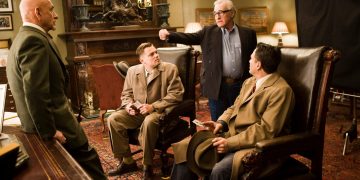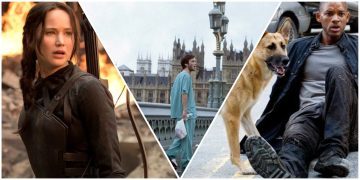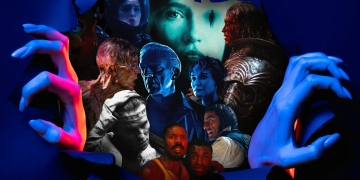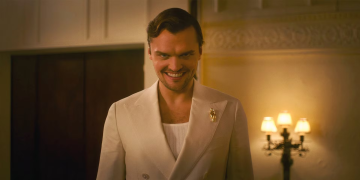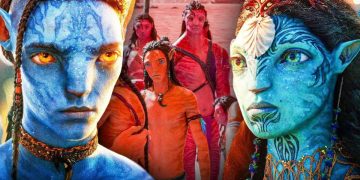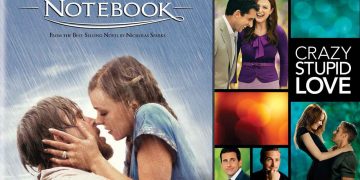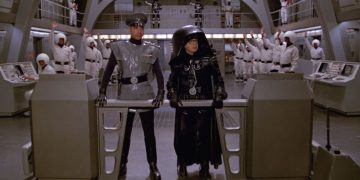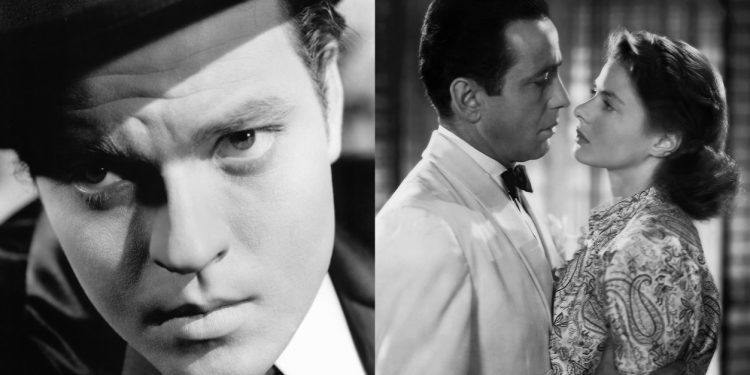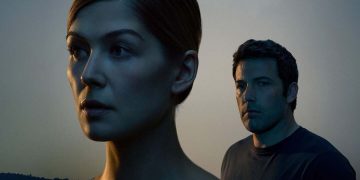Timeless Black-and-White Classic Films That Still Shine Bright Today
Some films never fade, even without color. Black-and-white classics have a unique way of lingering in our memory—rich in story, striking in contrast, and emotionally timeless. These films are not just cinematic relics; they are the very foundation on which modern cinema is built.
Whether you’re a first-time viewer or a seasoned cinephile, these timeless black-and-white classic films continue to captivate, enlighten, and entertain. Here are some of the greatest ever made—each one a lesson in visual storytelling, performance, and atmosphere.
Why Black-and-White Films Endure
Black-and-white cinema isn’t just about old technology—it’s an artistic choice that emphasizes composition, lighting, and mood. Without color, filmmakers leaned heavily on shadow, symbolism, and emotional clarity to guide the audience.
These films also serve as time capsules. They reflect the eras in which they were made, capturing societal shifts, wartime realities, and the evolution of film language. And in many ways, the emotional themes—identity, justice, ambition, love, regret—are more relevant today than ever.
“In black and white, we see light and darkness more honestly—and stories more deeply.” — Roger Ebert
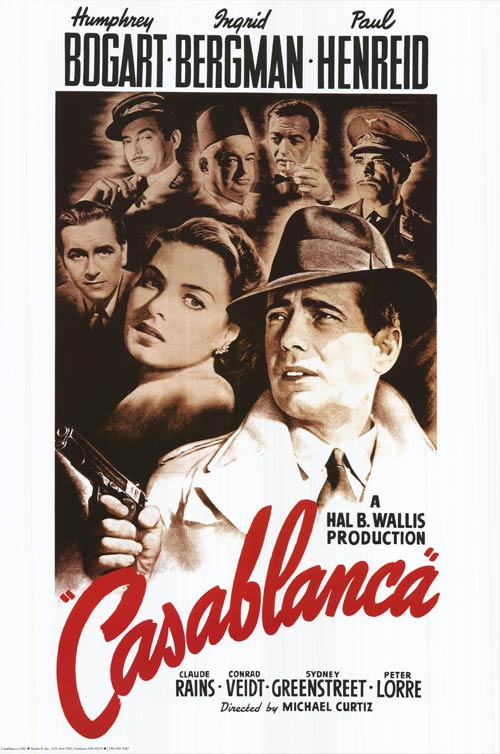
1. Citizen Kane (1941)
Often hailed as the greatest film of all time, Citizen Kane redefined cinematic storytelling. Directed by and starring Orson Welles, it tells the rise-and-fall tale of a newspaper magnate, framed through investigative flashbacks and nonlinear structure.
Its innovations in deep focus, low-angle shots, and dramatic lighting influenced generations of filmmakers. But beyond technique, it’s a meditation on power, memory, and isolation—and the mystery of what truly defines a person’s life.
2. Casablanca (1942)
Set against the backdrop of World War II, Casablanca is a masterpiece of romance, moral dilemma, and sacrifice. Humphrey Bogart and Ingrid Bergman sizzle with tension in a script packed with unforgettable lines (“Here’s looking at you, kid”).
With themes of love versus duty, Casablanca remains a staple of both war cinema and old Hollywood glamour. Its blend of noir style and emotional depth continues to charm critics and audiences alike.
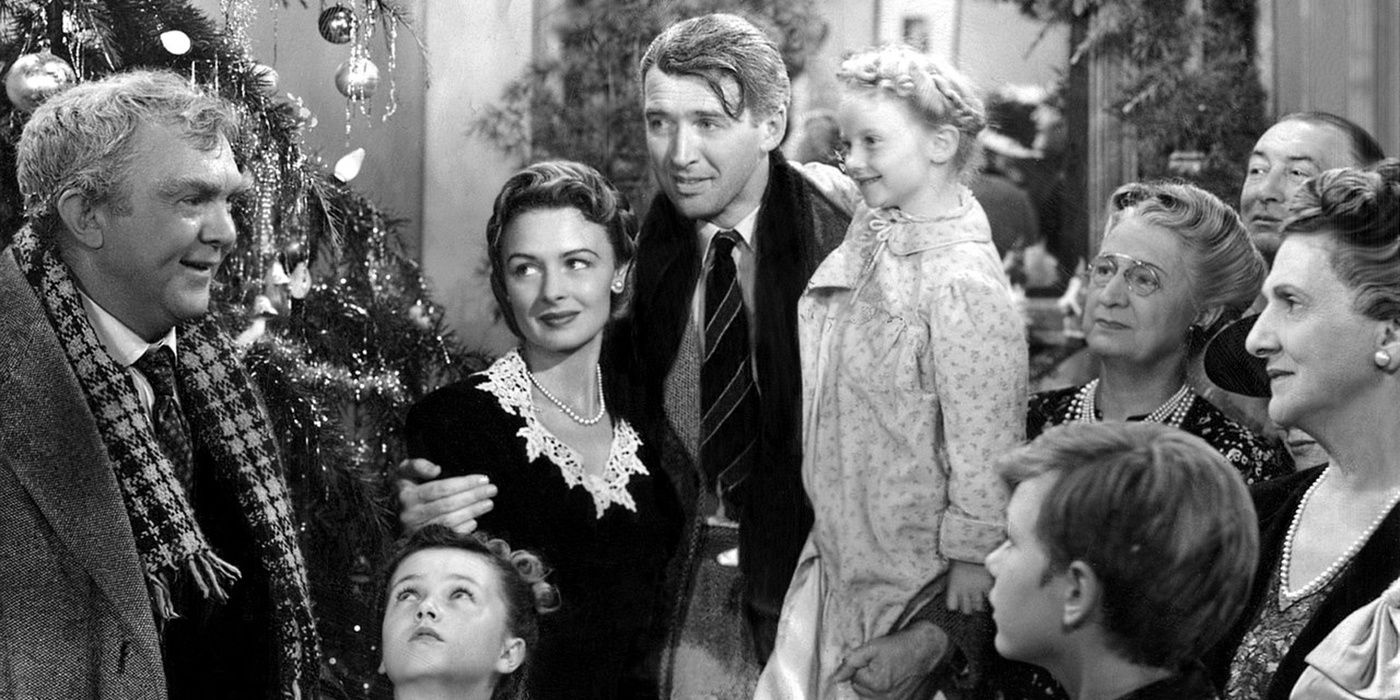
3. The Best Years of Our Lives (1946)
Winner of seven Academy Awards, including Best Picture, this film follows three World War II veterans as they return to civilian life. It tackles PTSD, economic uncertainty, and social reintegration with raw humanity.
Directed by William Wyler, the film was groundbreaking for casting a real-life amputee, Harold Russell, in a lead role—earning him an Oscar and a place in cinema history. Its quiet realism gives it a timeless, empathetic voice.
4. On the Waterfront (1954)
“I coulda been a contender.” With those words, Marlon Brando cemented this film’s place in history. Directed by Elia Kazan, On the Waterfront is a gritty, intimate look at corruption and moral courage among dockworkers in New Jersey.
Shot in moody black-and-white with documentary-style realism, the film explores the price of silence and the power of personal conscience. It’s a must-watch for fans of character-driven drama and method acting.
5. Wild Strawberries (1957)
Directed by Swedish master Ingmar Bergman, this introspective road film follows an aging professor as he revisits his past through memories and dreams. Wild Strawberries is contemplative, poetic, and often surreal.
Its monochrome visuals enhance its dreamlike quality, while its themes—aging, regret, and emotional reconciliation—resonate across generations. If you appreciate introspective cinema, this is a deeply rewarding experience.
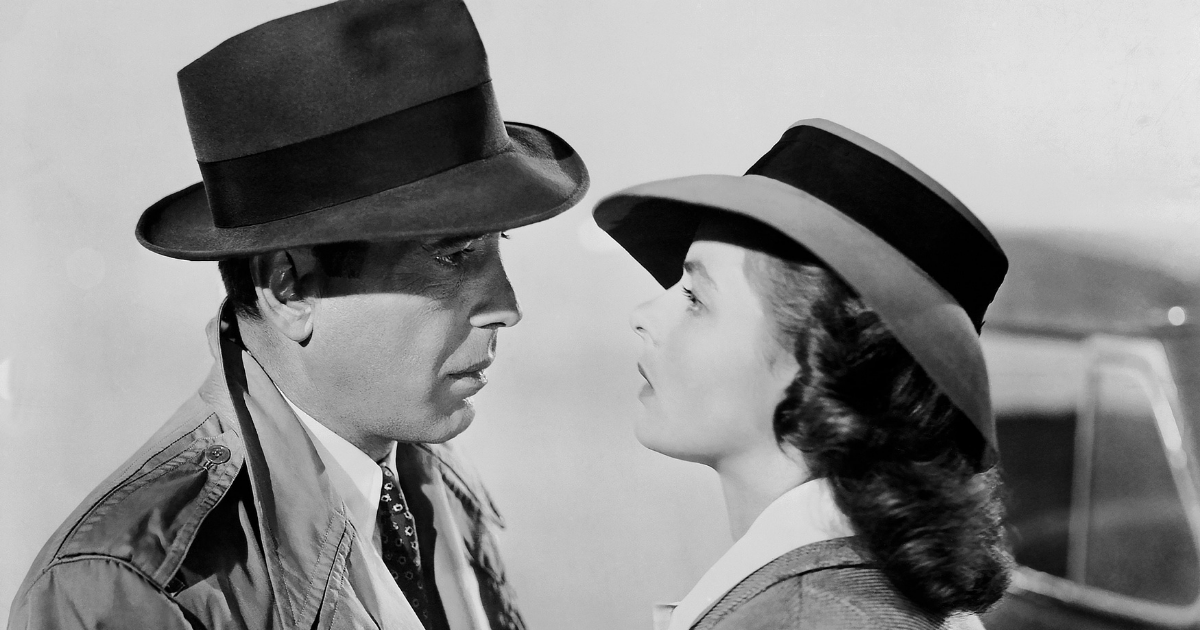
6. To Kill a Mockingbird (1962)
Adapted from Harper Lee’s seminal novel, this American classic stars Gregory Peck in an Oscar-winning role as Atticus Finch. Set in the racially divided South, it centers on justice, empathy, and moral integrity through the eyes of a young girl.
The black-and-white palette adds a stark simplicity to the film’s heavy themes. To Kill a Mockingbird remains required viewing for those who value storytelling that challenges injustice and promotes understanding.
7. Raging Bull (1980)
Though released well into the age of color film, Martin Scorsese chose to shoot Raging Bull in stark black-and-white—and the result is unforgettable. The film chronicles the turbulent life of boxer Jake LaMotta, portrayed by Robert De Niro in one of his most intense performances.
Scorsese’s choice of monochrome emphasizes the grit, loneliness, and brutality of LaMotta’s world. Raging Bull isn’t just a sports biopic—it’s a meditation on masculinity, rage, and redemption.
8. The General (1926)
This silent comedy by Buster Keaton is a technical marvel of the 1920s and remains one of the most inventive physical comedies in cinematic history. Based loosely on a Civil War incident, it follows a train engineer who must recover his beloved locomotive—and win back his love.
Keaton’s precision stunts and deadpan expression elevate the film beyond slapstick. It’s pure visual storytelling, demonstrating how even a silent, black-and-white film can elicit laughter and awe nearly a century later.
9. Metropolis (1927)
A towering achievement in science fiction, Fritz Lang’s Metropolis set the tone for dystopian storytelling in film. With Expressionist set design, bold lighting, and allegorical themes, it remains one of the most visually ambitious films ever made.
Its story—about class divide, technology, and rebellion—still resonates in the modern world. If you love futuristic cinema, this film is the blueprint for everything from Blade Runner to The Matrix.
10. The Sweet Smell of Success (1957)
This film noir gem takes us into the seedy world of gossip columnists and power brokers in New York’s Broadway scene. With razor-sharp dialogue and gorgeous city photography, it stars Burt Lancaster and Tony Curtis in one of noir’s most ruthless character pairings.
The monochrome visuals enhance the film’s sense of paranoia and manipulation. The Sweet Smell of Success is a masterclass in tension, ego, and media influence—and it still feels remarkably modern.
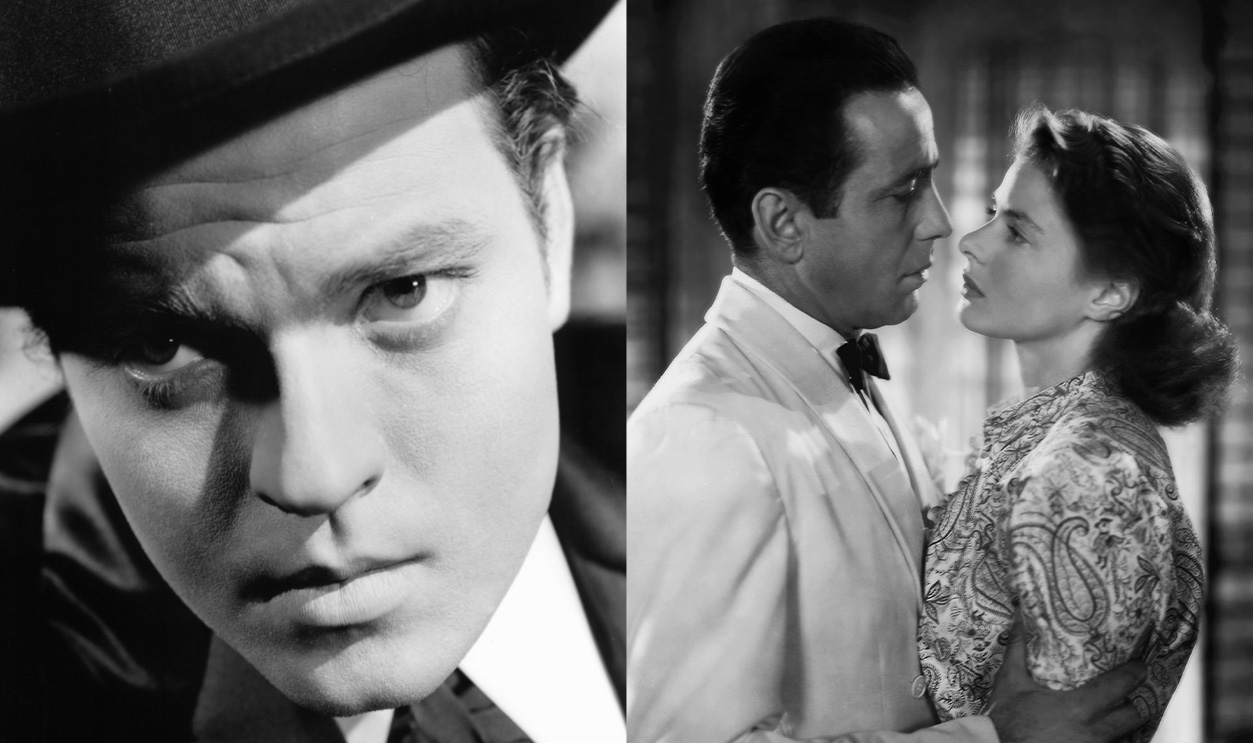
The Cinematic Power of Monochrome
Why do black-and-white films still speak to us today? Because they strip cinema down to its core: contrast, emotion, performance, and composition. When color fades away, light and shadow take over, creating a uniquely immersive experience.
Directors like Alfonso Cuarón (Roma) and Steven Spielberg (Schindler’s List) have also returned to black and white in modern times—proof that it’s not outdated but enduringly relevant.
“In black-and-white films, the drama feels raw, the emotions more vulnerable, and the visuals more poetic.”

